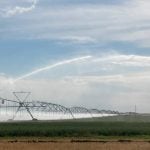Potato Growers of Alberta release the third of a five-part video series, highlighting the potato industry’s efficient use of water to tend to their acres producing the high-value crop during drought conditions.
Tag Archives Snow

Mountain snowpack melts early
Levels called two-thirds of normal; early melt similar to what preceded 2023 water shortage
The snow in crucial areas has melted two to three weeks early, mirroring 2023, which was a “disastrous” year.
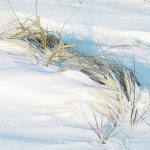
The winter freeze-up slows but doesn’t stop nitrogen losses
New research shows there are nitrogen transformations ongoing through the winter even with late applications
Glacier FarmMedia – There’s a common assumption that when winter grips the Prairies, there’s no activity in the soil. As a result, urea or ammonium-based fertilizers applied in late fall aren’t thought to emit nitrogen during winter. Reynald Lemke, a research scientist with Agriculture and Agri-Food Canada, flipped this idea on its head this year, […] Read more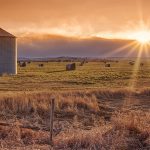
Prairie weather pattern continued in November
Glacier FarmMedia – How have global temperatures fared so far this year? According to the Copernicus Climate Change Service, 2024 is more than likely to be the warmest year on record. October was the second warmest on record and the 15th month of the last 16 months where temperatures were above the 1.5 C threshold. […] Read more
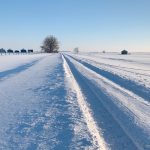
The surprising data about snowfall on the Prairies
It’s time to look at the probability of snow, or how often we should expect snowfall on any given day during the winter. I’ve done this before, but only for my home province of Manitoba. When it comes to precipitation, there are different periods in which to measure it. You can measure the amount of […] Read more
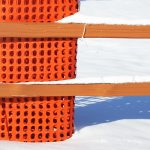
Placement, height key to effective snow fences
Placement is the biggest mistake made when putting up a snow fence. The capacity of the fence and the average amount of blowing snow is important. To estimate the quantity of blowing snow expected in a typical winter, you need to determine the fetch or distance where wind can pick up and then redeposit snow. […] Read more

Soil moisture deficit persists
Rainfall on the Prairies is much greater this year than last, though water expert Phillip Harder warns against setting high hopes for a continuing positive situation. “2023 winter, so Oct. 1 up until April 15, we had 140 millimetres of precipitation,” said Harder, research associate at the Global Institute for Water Security at the University […] Read more
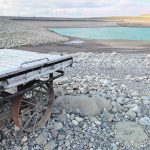
Alberta to study snowpack with more accuracy
Province will work with the University of Lethbridge to combine on-the-ground measurements with airborne LiDAR
Glacier FarmMedia – The Alberta government is working with a research team at the University of Lethbridge to measure the snowpack in southern Alberta more accurately, according to a news release. The measurements will help guide water management policies and practices as the province works to better manage its water resources. For seven months of […] Read more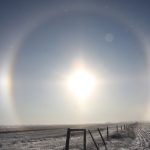
How did this winter’s weather stack up?
When you hear statistics about winter, the data usually describes meteorological winter — December to the end of February. In some parts of North America this makes sense, but in our part of the world, not so much. I often discuss our winter in terms of the extended winter, the months when we actually see winter conditions across the Prairies. That span […] Read more
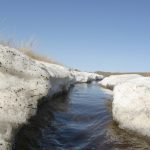
Albedo has big effect on spring warming
Two factors determine spring warming: the natural cooling effect of snow cover and the bright snow reflecting sunlight back into space, also known as albedo. A good portion of the sun’s energy that reaches Earth is simply reflected away, never getting the chance to do any work. On average, over a whole year, the Earth […] Read more

